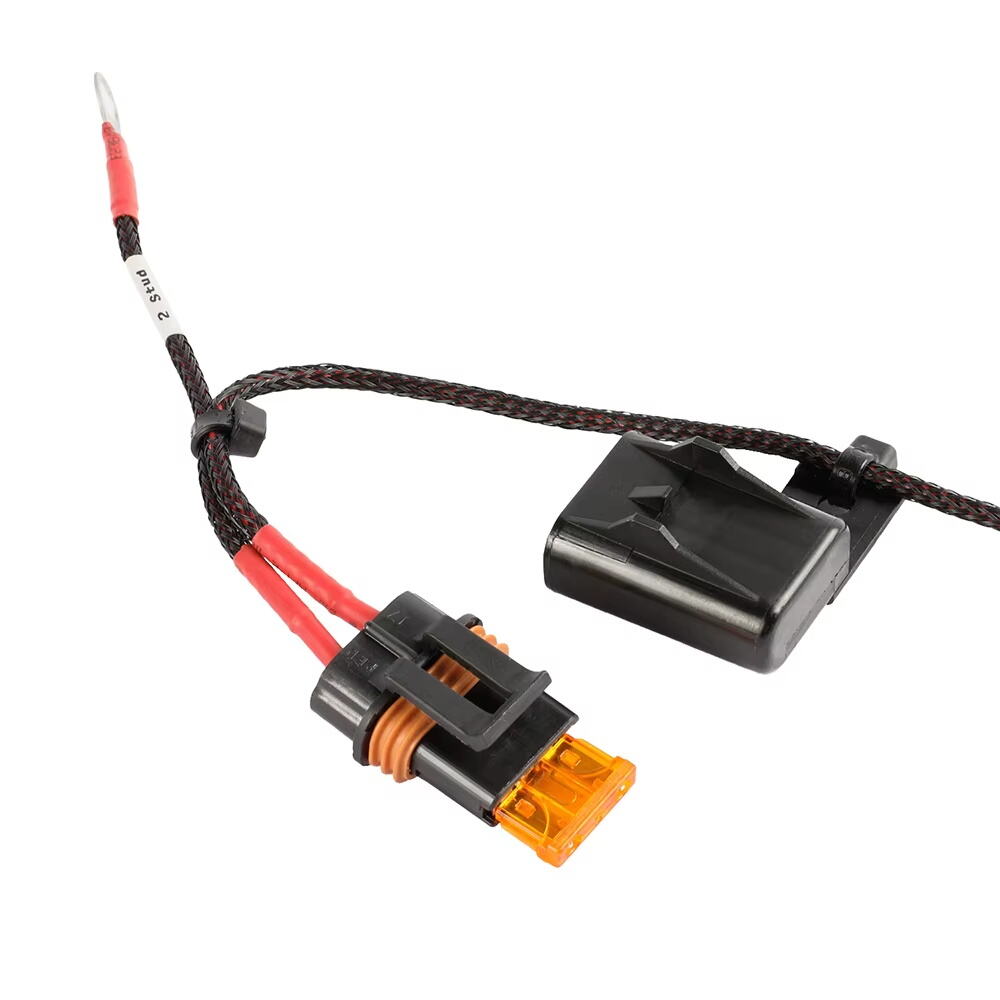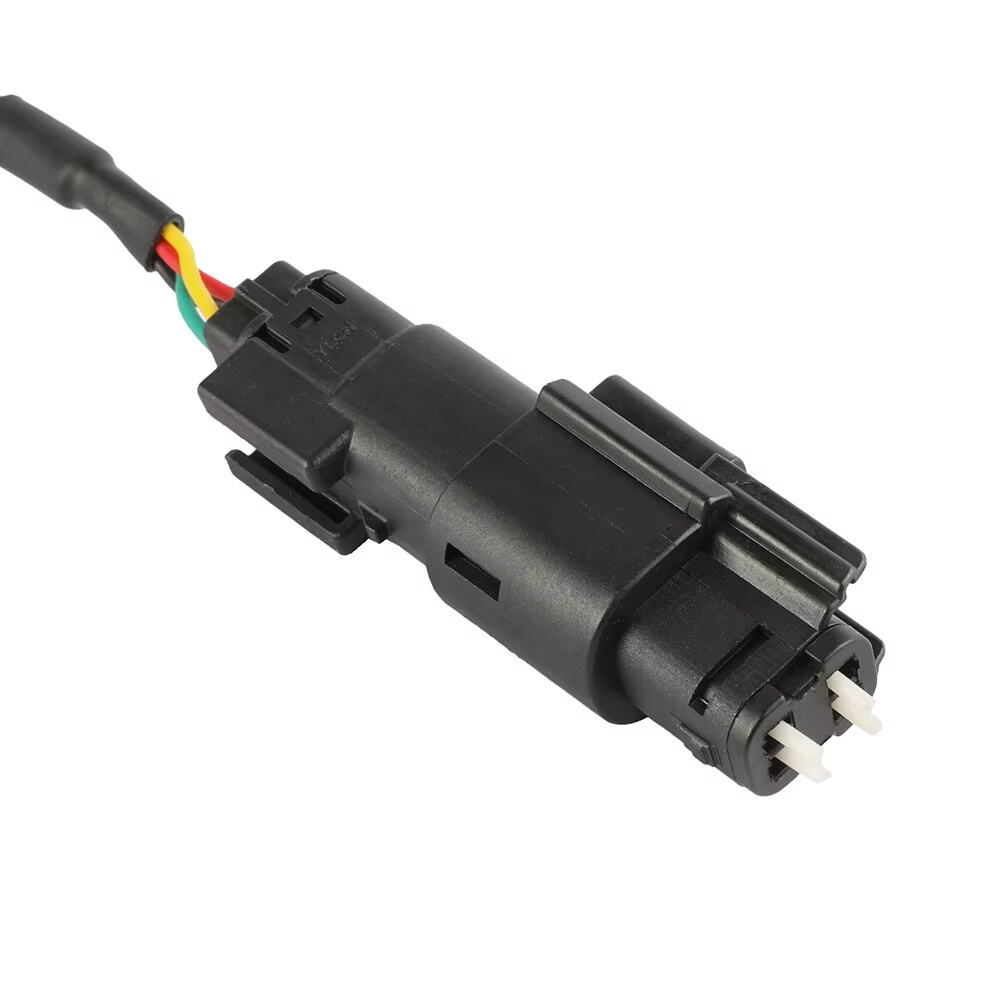Emerging demands on power delivery
Energy infrastructure is evolving rapidly, and a new generation of conductors and assemblies is emerging to meet the demands of modern systems. This article explores where a New Energy Cable is truly necessary, what problems it solves, and how to choose the right cable for demanding projects. It highlights practical applications across renewables, storage, transport electrification, and industrial settings, and offers guidance for procurement and installation.
Technical drivers for specialized cable
Advanced grid edge systems
Distributed generation, microgrids, and community solar installations place new stresses on cable circuits. A New Energy Cable is built to manage variable loading, frequent cycling, and bidirectional power flow. These cables often include improved conductor geometries and insulation systems that reduce resistive loss and resist thermal degradation from rapid current changes. Power quality considerations are increasingly important; when inverters and power electronics inject harmonics into the network, the right cable helps prevent unexpected heating and maintains stable impedance.
High-temperature and high-current environments
Manufacturing facilities, data centers, and electric-vehicle fast-charging hubs commonly require cables capable of sustained high ampacity and elevated ambient temperatures. A New Energy Cable typically uses materials and design techniques that support greater continuous currents without excessive temperature rise. This is especially valuable where adding more cable runs is impractical and where operators need to maximize power density in limited cable trays.

Renewable generation and collection networks
Utility-scale solar and wind farms
In utility-scale renewable plants, collection systems face long runs, variable generation patterns, and exposure to harsh environmental conditions. A New Energy Cable is selected for lower losses, UV and moisture resistance, and improved mechanical robustness. This reduces energy losses across long collection networks and decreases lifecycle operating costs. Wind farm export cables and inter-array links must withstand bending, vibration, and temperature swings; specialized constructions are designed to remain reliable over decades of cyclical loading.
Rooftop and distributed solar
At rooftop and distributed sites, space constraints and thermal issues can limit conventional wiring options. A New Energy Cable designed for rooftop arrays often incorporates flame-retardant and low-smoke materials while maintaining high ampacity. This combination enables safer installations in buildings and higher energy harvest in tight conduit runs.
Battery energy storage systems
Battery interconnects and DC buswork
Large battery installations require careful management of voltage drop, thermal hotspots, and fault current. New Energy Cable for battery systems emphasizes low resistance, reliable terminations, and mechanical stability to handle frequent charge/discharge cycles. These cables reduce I²R losses and allow for higher charge rates without accelerated aging. Properly specified cable and termination practices are critical to prevent localized heating and to maintain battery performance over time.
Modular battery arrays and harnesses
For modular battery arrays, standardized harnesses simplify assembly and support predictable behavior during thermal excursions, which improves the overall safety and lifecycle performance of the system. Factory-made harnesses and pre-tested assemblies using New Energy Cable can reduce installation errors and speed commissioning.
High-rate charging and vehicle electrification
Public fast-charging stations and depot charging
Fast-charging stations expose cables to repeated high-current peaks. A New Energy Cable with higher thermal capacity and robust insulation minimizes voltage sag and overheating during peak demand, increasing charger uptime and safety. At large public sites, the reliability of these cables contributes directly to user experience and operational continuity.
Fleet depots and transit electrification
Fleet depots and transit bus yards require cables that tolerate frequent dynamic loading and long duty cycles. Using New Energy Cable in these contexts reduces the need for oversized distribution equipment and supports reliable operations. The mechanical durability of cable jackets and connectors is also a key factor for depot environments.
Marine, offshore, and harsh environment applications
Offshore wind and subsea interconnects
Offshore and subsea applications demand specialized mechanical protections, water-blocking designs, and corrosion-resistant materials. A New Energy Cable used in these environments often incorporates armoring, specialized jackets, and enhanced dielectric systems to ensure long-term reliability in saltwater and variable temperatures. Proper selection reduces maintenance costs and avoids expensive retrieval or replacement work.
Floating platforms and tidal systems
Cables for floating platforms and tidal systems require extra flexibility and fatigue resistance; the right New Energy Cable mitigates mechanical stress and improves service life. Fatigue-resistant stranding and reinforced terminations help manage dynamic motions and repeated bending cycles.
Industrial and process electrification
High-horsepower motor feeders
In heavy industry, motors and drives can present severe inrush currents and non-linear load profiles that challenge ordinary wiring. A New Energy Cable can be specified to handle these transient conditions, reduce heating, and maintain mechanical integrity under vibration and chemical exposure. This helps minimize unplanned downtime and reduces insulation aging.
Heat-intensive industries and plant distribution
Heat-intensive industries and high-voltage distribution within plants can benefit from cables designed to keep insulation aging to a minimum, thereby avoiding unexpected downtime. Selecting New Energy Cable with appropriate temperature ratings and chemical resistance prolongs service life in harsh processing environments.
Specialty building applications
Data centers and mission-critical facilities
Data centers demand reliable, high-density power distribution with strict cooling budgets. A New Energy Cable helps reduce resistive losses and minimizes thermal footprints in trays and conduits, contributing to energy efficiency and reliability. Smaller thermal margins can mean the difference between meeting uptime SLAs and suffering outages.
Hospitals and critical infrastructure
Hospitals, labs, and other critical infrastructure often require low-smoke, zero-halogen cables with predictable performance under emergency conditions. Selecting certified New Energy Cable supports both safety goals and continuity of operations; in emergency situations, reduced smoke and toxicity improve occupant survival and facilitate evacuation.
Key performance features that matter
Thermal endurance and high ampacity
When systems push more current through constrained pathways, a cable designed for high ampacity prevents hotspots and extends service life, enabling higher utilization of existing infrastructure without costly rerouting. Improved heat dissipation also supports safer operation and reduces derating during peak loads.
Mechanical resilience and compatibility with power electronics
For mobile platforms, robotic deployments, or tightly routed installations, flexibility and fatigue resistance are critical. New Energy Cable constructions often use fine stranding and flexible jackets to withstand repeated bending. Cables that pair with modern power electronics need to cope with fast dv/dt, reflected waves, and non-sinusoidal currents; appropriate cable design reduces skin and proximity effect losses and maintains stable impedance.
Selection and specification guidance
Assessing operating environment and duty cycle
The right cable starts with a thorough assessment of ambient conditions, exposure risks, and loading profiles. Consider whether the installation will see frequent thermal cycling, exposure to chemicals or salt spray, or repeated mechanical stress—all situations where a New Energy Cable offers tangible advantages. Also factor in whether the cable will be part of a monitored system.
Balancing cost and lifecycle value
For many high-demand applications, the slightly higher cost of a New Energy Cable is offset by lower energy losses, reduced downtime, and longer replacement intervals. Total cost of ownership analysis often favors performance-oriented cables in mission-critical or high-utilization scenarios. Be explicit in specifications about required tests and warranty coverage to protect long-term investment.
Installation best practices
Proper termination and connector selection
Terminations are a frequent source of field failures. Use manufacturer-recommended connectors and follow precise torque procedures to preserve the benefits of New Energy Cable. Pre-assembled harnesses and factory-made terminations can reduce risk and speed commissioning while improving repeatability in the field.
Commissioning and ongoing verification
Conduct thermal imaging, continuity, and partial-discharge testing at commissioning and at scheduled intervals. These practices validate the performance of New Energy Cable under real conditions and support predictive maintenance programs that extend asset lifetimes and reduce unexpected failures.
Regulatory and safety concerns
Fire performance and smoke toxicity
In public and enclosed spaces, selecting low-smoke, zero-halogen variants can improve occupant safety during incidents. Regulatory codes may require specific fire performance characteristics—ensure chosen products meet or exceed local standards and that third-party test documentation is available.
Certifications and testing
Certifications and third-party testing help demonstrate compliance and reduce permitting friction. Requesting test reports and verifying credentials are straightforward steps that mitigate procurement risk when choosing a New Energy Cable.
Practical procurement checklist and next steps
Before finalizing any purchase, decision-makers should assemble a short checklist to confirm the cable meets project needs. Include clear statements of required ampacity, expected ambient ranges, mechanical stresses such as bending radii and vibration, and any environmental exposures like salt, chemicals, or UV. Request third-party test reports and legacy performance data where available.
Ask suppliers how the cable will integrate with system-level monitoring and whether factory-terminated harnesses are an option. Confirm warranty terms and what installation practices are required to preserve coverage. If your project uses inverter-based resources or frequent cycling, prioritize products explicitly engineered for such duty.
Conclusion and call to action
Choosing a specialized cable is not just a technical exercise but a strategic decision that affects long-term reliability, safety, and economics. Specifiers should evaluate whether deploying a New Energy Cable will reduce risk, lower energy losses, and support future operational strategies. When in doubt, pilot a small run and instrument it to verify field performance before full-scale rollout.
FAQ
What types of projects most commonly require a New Energy Cable
Large-scale renewables, battery energy storage, high-rate EV charging, offshore wind, data centers, and heavy industrial sites often require the enhanced performance of a New Energy Cable.
How does a New Energy Cable improve safety compared with standard wiring
New Energy Cable can use low-smoke halogen-free materials, improved insulation systems, and better thermal management to reduce fire risk and toxic emissions, improving safety in occupied or mission-critical environments.
Are there monitoring options built into New Energy Cable
Some models are monitoring-ready or include built-in sensors for temperature, partial discharge, or strain. These options support predictive maintenance and early fault detection.
What is the expected cost trade-off when choosing New Energy Cable
Initial purchase costs are typically higher, but reduced energy losses, lower maintenance, and extended service life often make a New Energy Cable more economical over the project lifecycle.
Table of Contents
- Emerging demands on power delivery
- Technical drivers for specialized cable
- Renewable generation and collection networks
- Battery energy storage systems
- High-rate charging and vehicle electrification
- Marine, offshore, and harsh environment applications
- Industrial and process electrification
- Specialty building applications
- Key performance features that matter
- Selection and specification guidance
- Installation best practices
- Regulatory and safety concerns
- Practical procurement checklist and next steps
- Conclusion and call to action
- FAQ

